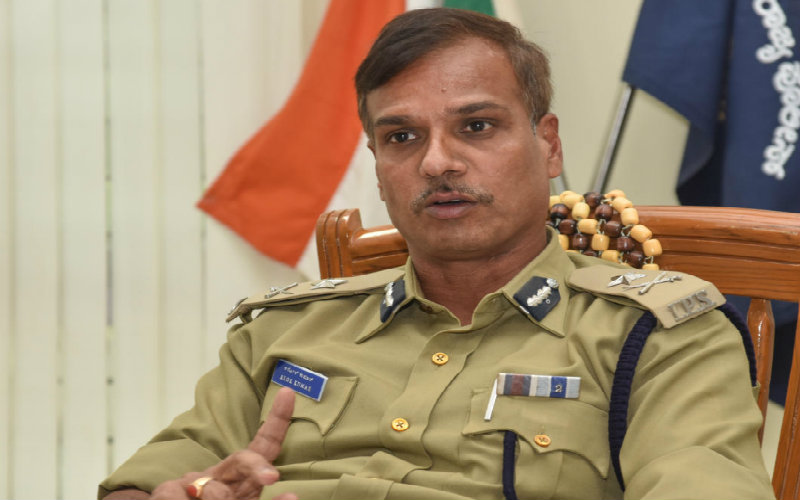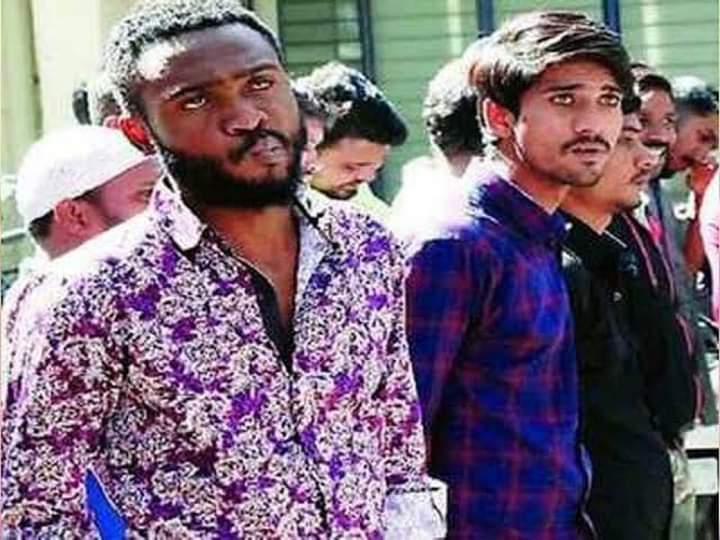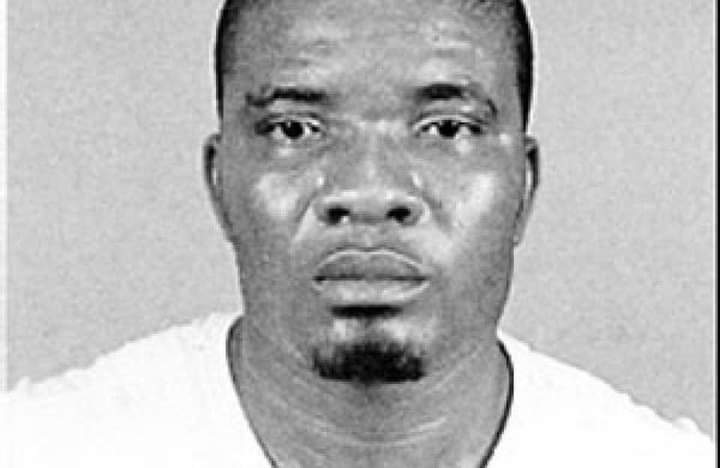By Alok Thakur, IPS
The brouhaha around substance abuse has been created in the national media, as well as on Kannada news channels, due to its perceived connection with Sushant Singh Rajput’s death case and revelations made regarding drug abuse by Sandalwood actors by Indrajit Lankesh in the public domain.
The Constitution of India enshrines the cherished ideal of curbing Illicit drug abuse in Art 47. I grew up witnessing liberal use of cannabis in my village in Bihar on the eve of festivals like Holi. Some people were consuming it regularly without any qualms of conscience, exalting it as ‘prasaad’.
In 1985, a robust framework of law to fight the menace of drug abuse was enacted in the form of the NDPS Act, 1985.
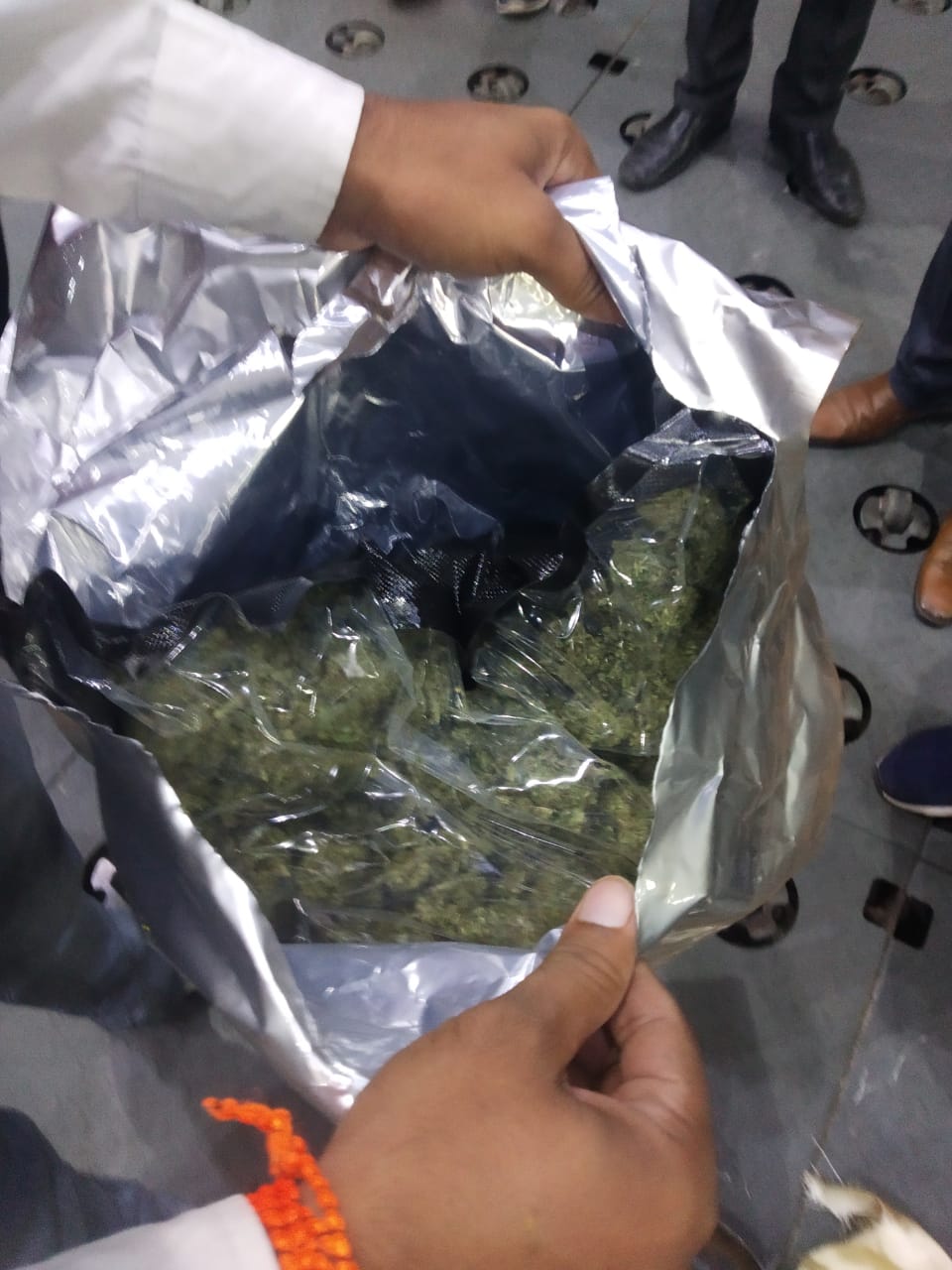
To reinforce the fight against substance abuse, an additional law was introduced in the form of the Prevention of Trafficking in Narcotic Drugs & Psychotropic Substances Act, 1988. Whereas Sec 25 of the NDPS Act, 1985 provides punishment for drug traffickers, Sec 27 provides punishment for consumers.
As per Sec 27 (a), consumers of high-end drugs like heroin, cocaine and LSD can be imprisoned for a period up to one year, whereas for the consumption of marijuana, a person can be imprisoned for a period up to six months, as per Sec 27 (b) of the NDPS Act.
Sec 31(a) of the NDPS Act provides for capital punishment for any offender already convicted under Sections 19, 24 or 27(a) of the NDPS Act, 1985. Further, the PIT NDPS Act, 1988 provides for preventive detention of drug peddlers for a period extendable up to 6 months.
Legal provisions are lethal and can be very effective, if implemented ruthlessness and if due procedure of investigation is followed.
Glamourising drugs
Filmdom in general has been obsessed with the very idea of drug consumption and illicit drug trafficking.
Mario Puzo’s magnum opus, Frank Ford Coppola-directed ‘The Godfather’, Brian De Palma-directed ‘Scarface’ and Harrison Ford starrer ‘Clear and Present Danger’ have depicted the naked and ruthless violence connected with drug mafias.
The Sicilian drug mafia ‘Cosa Nostra’ , the Columbian drug cartel ‘Cali’, and the Mexican drug cartel ‘Sinaloa’ have inspired the plots of many Hollywood movies, as have the lives of drug lords like Pablo Escobar, Joaquin Guzman, Frank Lucas and Nicky Barnes.
Coming to Bollywood, the first Bollywood movie that broached the subject of drug abuse was the Dev Anand and Zeenat Aman starrer ‘Hare Rama Hare Krishna’. Later movies like Firoz Khan starrer ‘Jaanbaaz’, ‘Dev D’, ‘Fashion’ and lately ‘Udta Punjab’ have dealt with the subject of drug abuse.
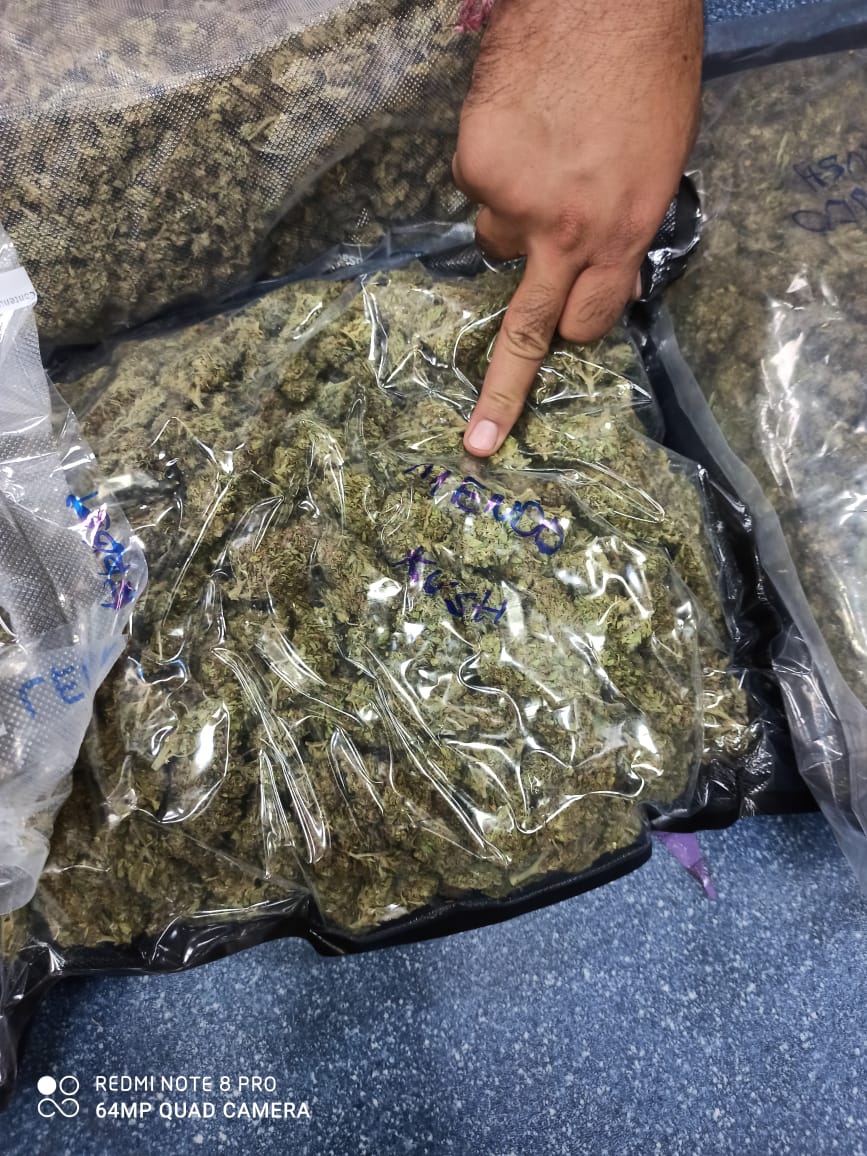
Filmdom and drug abuse have a very old association. Substance abuse has become a fad, a fashion and a symbol of a high society lifestyle. There is a saying in film circles that “if you don’t do coke, you ain’t cool”. Getting ‘stoned’ or ‘doped’ is the sign of ‘new cool’.
Sometimes it is for flaunting or due to the ‘show off’ factor. Consumption of illicit drugs is becoming increasingly common in celebrities’ parties and rave parties. Hollywood actors like Ben Affleck, Robert Downey, Bradley Cooper, Daniel Radcliffe, and actresses Drew Barrymore and Jamie Lee Curtis are some names that come to mind.
Singers like Eric Clapton and John Elton have battled with drug addiction. Bollywood actors like Sanjay Dutt, Ranveer Kapoor, Fardeen Khan and actress Manisha Koirala have gone through the trauma of being trapped by drug addiction. Drug abuse is not unheard of in Sandalwood too.
New tricks
Despite a legal framework , traffickers are adopting new modus operandi to cover up their operations. Previously foreign nationals, especially from Nigeria, Kenya, Ghana and Cameroon, used to be the main conduit for high-end drugs like heroin, cocaine, methamphetamine and LSD in Bengaluru city.
Drugs were being sourced from Mumbai, Delhi and Goa through air, rail or road routes.
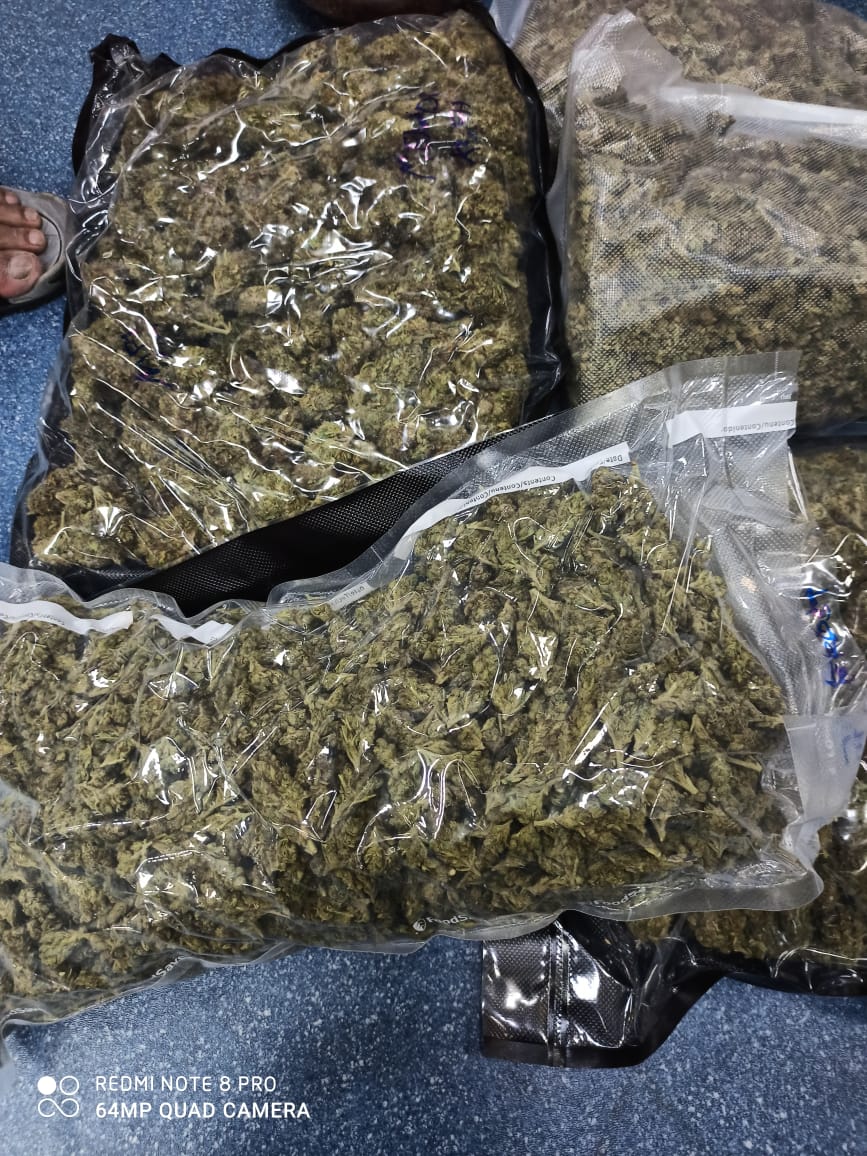
Emergence of the dark net as the main source for purchase of drugs is posing new challenges for the law enforcement agencies. Dark net uses TOR — free and open source software and it enables anonymous communications, thus reducing the risk of being detected and caught. The identity of the dark net user is hidden. The user can procure drugs by paying through crypto currencies like bitcoin.
Delivery is through post, parcel or courier services. Drug trafficking is the single most important illegal activity via the dark net.
In Bengaluru city, pubs, bars, dance bars, hookah bars, city outskirt resorts and guest houses are favourite destinations for illegal drug consumption.
Some DJs too act as conduits for drug distribution.
So far as supply of marijuana is concerned, cannabis is cultivated illegally in Karnataka in inaccessible forest areas and remote border areas. Marijuana is also sourced from the Andhra-Orissa bordering districts — infested with naxals — of Malkangiri, Ganjam and Srikakulam.
The Karnataka police in general and the Bengaluru police in particular have taken effective action to curb the drug menace. But it’s an ongoing battle and we can’t afford to be complacent. Extraordinary situations necessitate extraordinary solutions too.
CCB’s action
In May 2011, we in the Bengaluru CCB invoked the Goonda Act against a Nigerian drug peddler, Ndukwe@ Martin Enduke, and sent him behind bars. The Goonda Act had not been invoked against any drug peddler in any part of the country before that.
In January 2019 again, we, as part of the Bengaluru CCB, conducted a parade of notorious drug traffickers, a first-of-its-kind initiative in the country. The practice is being continued till date by the CCB. The Bengaluru CCB has also detained a drug peddler named Makuko Chukwuka Muolokwu@ Henry by invoking the provisions of the PIT NDPS Act 1988 in May 2020.
It’s a battle of wits. Curbing the drug menace is not easy but nevertheless not impossible. Creating awareness among the public regarding the dangers of drug abuse, counselling drug addicts and their peers and parents, and stringent action against drug traffickers and drug users, without fear or favour, would definitely go a long way in curbing this menace.
“Kaun kahta hai aasman mein suraakh ho nahin sakta/
Ek patthar to tabiyat se uchhalo yaron.”
